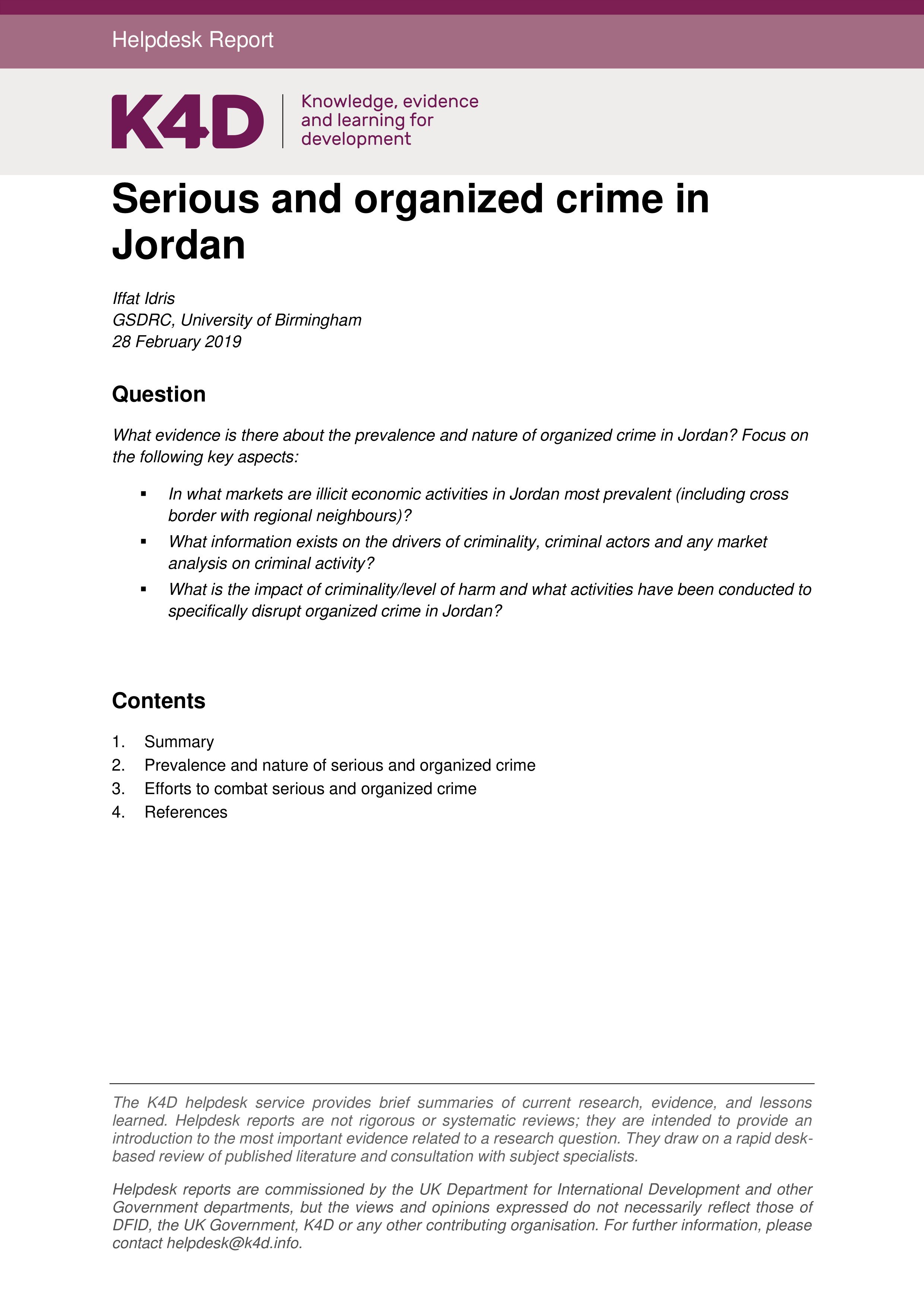By Kevin Brookes and Édouard Hesse
Bringing new and innovative ideas to light and advancing liberal reforms is the core mission of the European Liberal Forum. We do not do this alone but in close cooperation with a network of member and partner organizations across Europe. The present English translation of an original report by the French liberal think-tank GenerationLibre is part of this broader effort. Through this collaboration, we hope that the report’s important messages will reach a wider audience, in Europe and beyond. What better topic to start our collaboration than cannabis, as plans for the liberalization of the drug unfold across the continent. In December 2021, Malta became the first EU Member State to legalize the cultivation and personal consumption of cannabis. The new German government is contemplating similar legalization, and other countries could follow suit. Legalizing is a difficult endeavor, as this report shows, but a necessary one since the detrimental consequences of criminalization have never been felt more clearly. Prohibition is a failure. It has not managed to stem the rise in cannabis consumption rates, either in Europe or worldwide; it has failed to protect users from the most acute forms of harm; and it has contributed to the growth of criminal networks. This can be seen in Europe, where entire swathes of our cities are under the control of organized crime, whose main revenues originate from the illegal cannabis business. Those who prohibition should in theory protect the most, youngsters who are most at risk of harm when using the drug, are the main victims, sometimes literally, from the current situation. Prohibition is also at odds with our liberal values. The state should inform and provide a helping hand to those who err but should not prosecute and imprison people who have freely decided to engage in risky practices. The law should refrain from expressing moral judgments and only prohibit behaviors that bring significant harm to others or society. From this perspective, there is only a weak basis for prohibiting cannabis, a substance far less problematic for public health than alcohol and tobacco Fully legalising cannabis is the only way forward. But decriminalization is only a first step towards the inclusion of cannabis in the normal legal channels of the economy. It would not only constitute a significant reform of our police and criminal justice systems, but it would also enable public authorities to devise an effective public health policy, targeting youngsters especially. It would also allow an entirely new economic sector to flourish, creating hundreds of thousands of jobs across Europe and generating a considerable amount of revenue for the public purse. Based on a systematic and thorough review of past and current experiences in cannabis legalization, this report shows, perhaps unsurprisingly, that, as in many other areas, free market solutions are superior to state planning and state monopolies. Only a legal solution that is sufficiently cheap and competitive can replace the black market and bring the benefits expected from legalization. The state should regulate the product and ensure that those who participate in the cannabis business offer sufficient guarantees but it should not arbitrarily set prices or restrict distribution channels – to do so would run the risk of having legalized ‘for nothing’. Europe has all the cards in hand to be at the forefront of drug policy reform and show the rest of the world that another path is possible. Courage and method are all we now need
Brussels: European Liberal Forum EUPF , 2022. 53p.





















